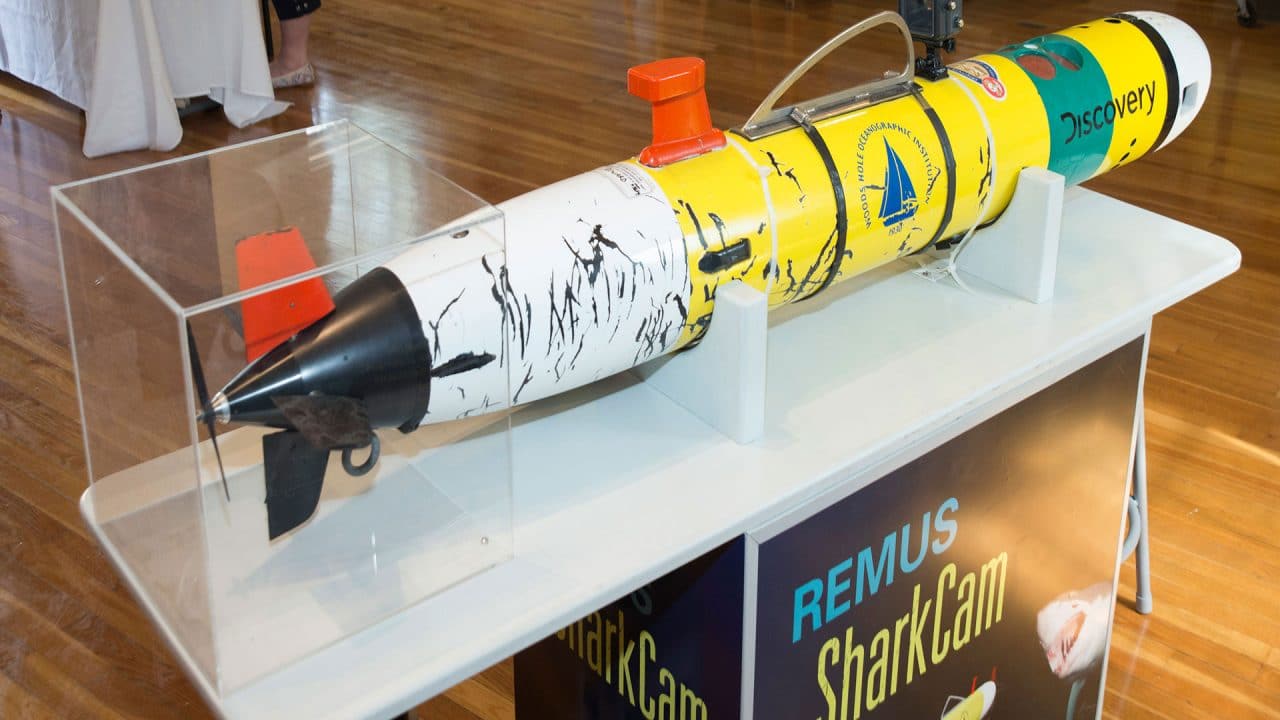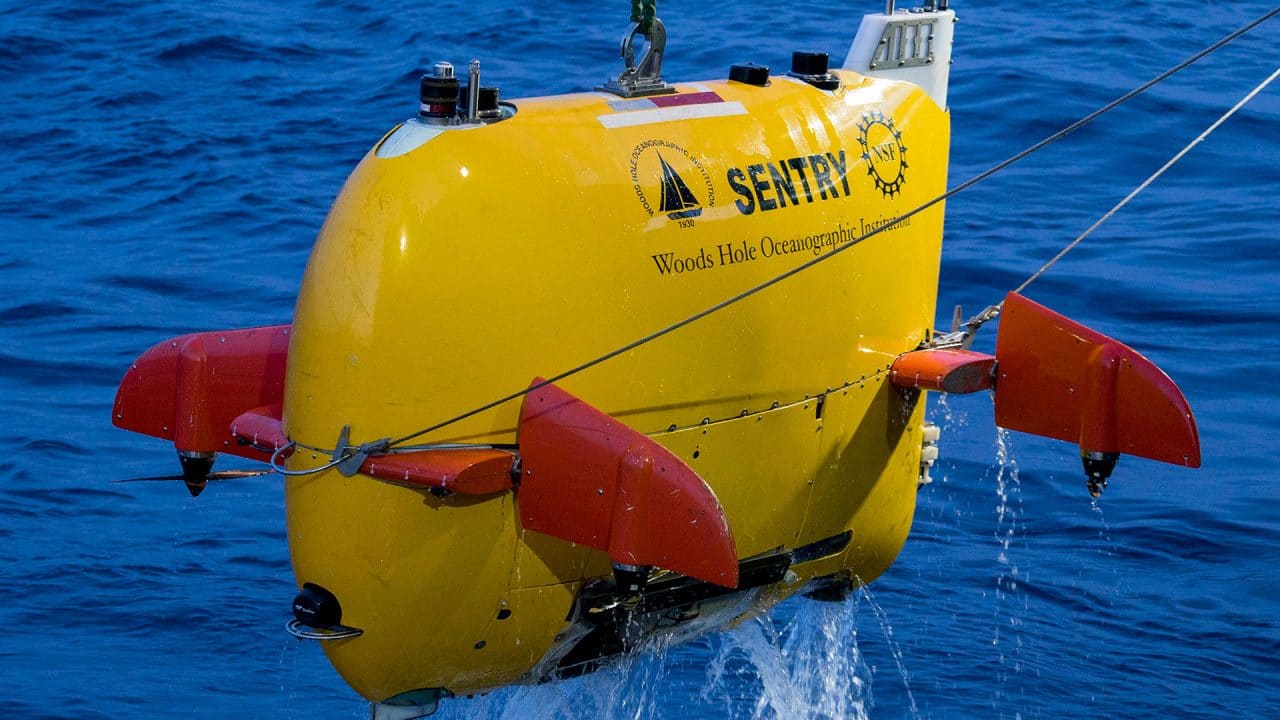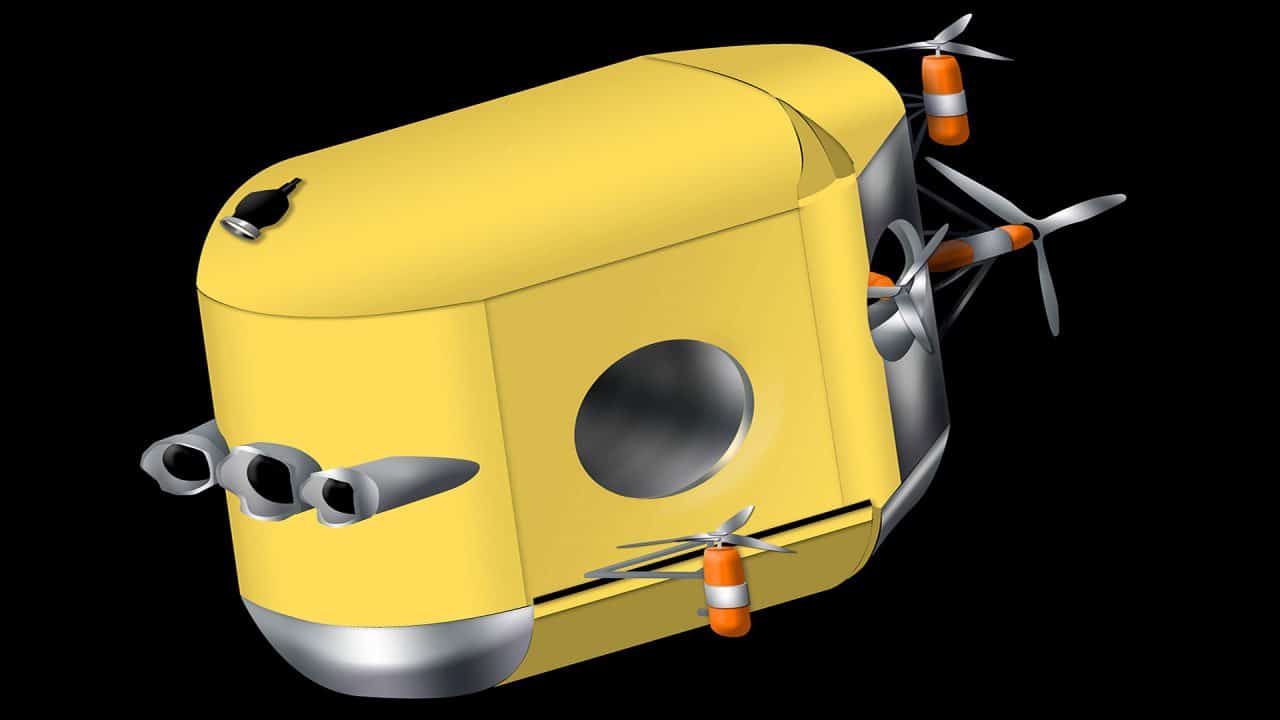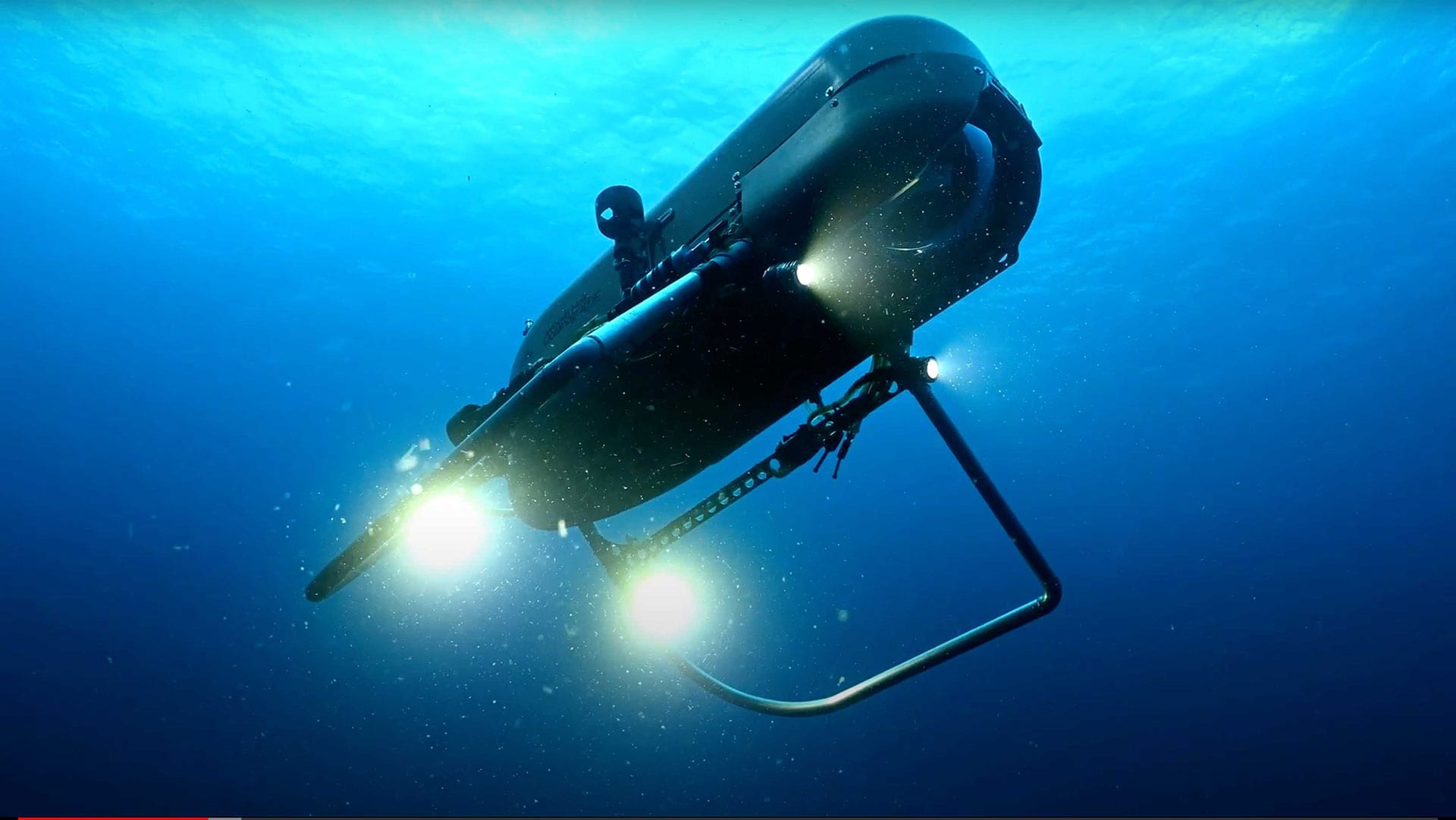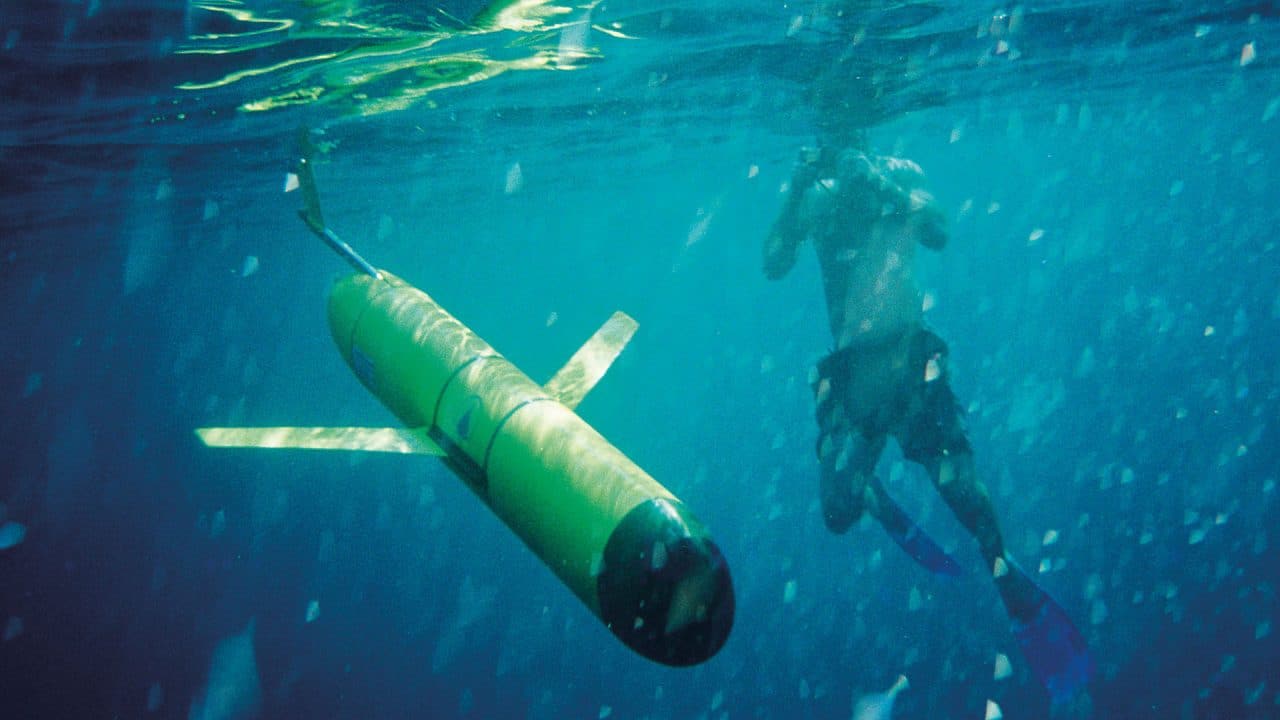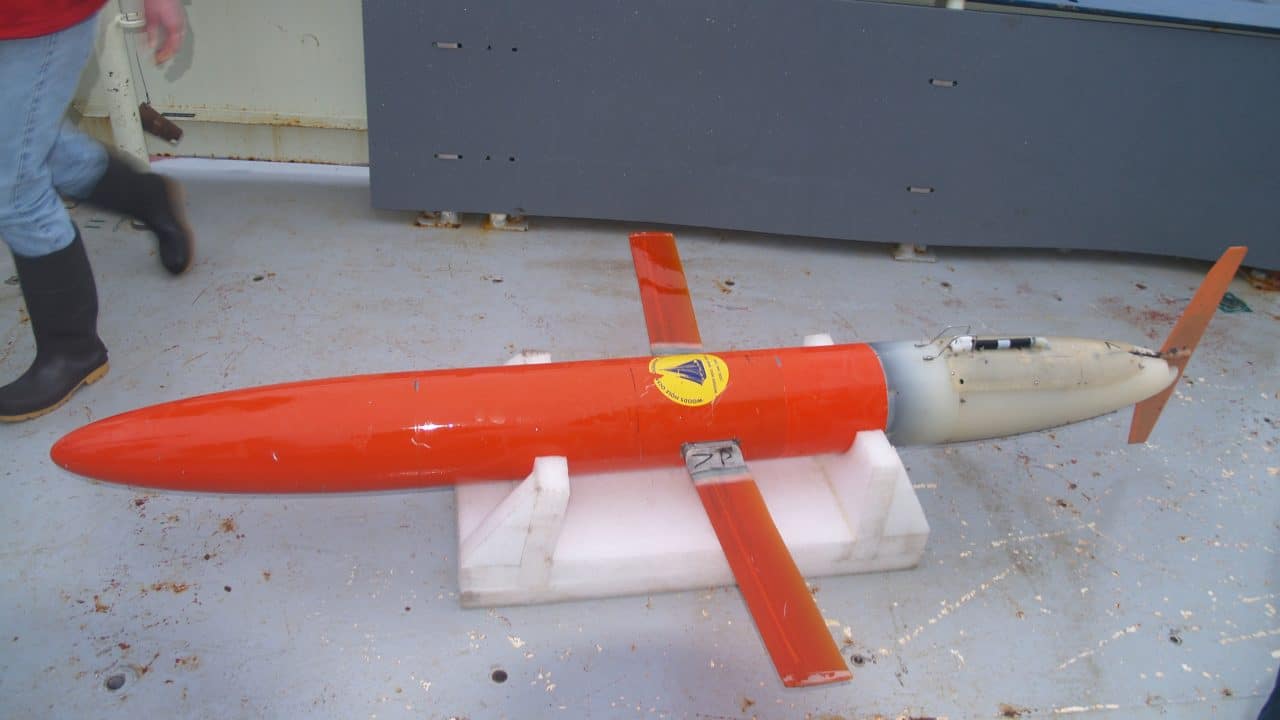AUVs
Autonomous Underwater Vehicles (AUVs) are programmable, robotic vehicles that, depending on their design, can drift, drive, or glide through the ocean without real-time control by human operators. Some AUVs communicate with operators periodically or continuously through satellite signals or underwater acoustic beacons to permit some level of control.
AUVs allow scientists to conduct other experiments from a surface ship while the vehicle is off collecting data elsewhere on the surface or in the deep ocean. Some AUVs can also make decisions on their own, changing their mission profile based on environmental data they receive through sensors while under way.
Slocum Glider
Diving to depths of 4,000 feet and rising again to report data and position via satellite to the shore.
Spray Glider
Capable of going long distances, Spray moves through the water without external propulsion and carries a suite of sensors.
ABE (lost at sea)
One of the first successful vehicles that was both unmanned and untethered to surface ships, ABE was lost at sea March 5, 2010.

